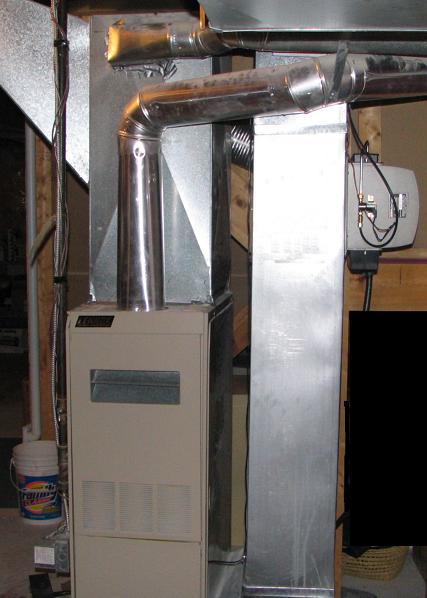When it comes to choosing a heating system for your home, there are many choices before you. In making your decision, you will need to decide whether you want an in-floor radiant or forced air heating solution. Here is comparison of both types.
Radiant heat
In radiant heating, a hot element or tubing is incorporated into the floor to transfer heat into the room through infrared radiation and convection. The heat is transferred directly through any object in contact with the floor, which includes your feet. As no energy is lost through ducts as in the case of forced air heating, radiant heating is an efficient heat distribution option.
Pros: Radiant heat effectively warms a room within a few feet of the floor. In comparison, air from a forced air system duct rises up and moves out from a room more quickly. You can set up your radiant system’s thermostat a few degrees lower than that of a forced air system without compromising on comfort.
As radiant heat does not need a blower to circulate and warm up a room, its performance is largely draft-free. This prevents dust and airborne particles from being blown around in the room, which is especially helpful for anyone who’s susceptible to allergies.
A radiant system delivers noiseless operation.
Cons: Cost is a key factor to consider in the installation of a radiant heat system, particularly when it is a retrofit. It is important that you engage a contractor with the knowledge of accurately sizing and installing radiant heat. You will need to select a suitable covering for a radiant floor; thick floor coverings like traditional carpets cannot be used. There is however no dearth of choices when it comes to carpets crafted specially for radiant floors. Also, most tiles emit radiant heat, so that shouldn’t be a problem.
Forced air
In a conventional forced air heating system, air is sucked out of rooms through return ducts by a blower fan; heated as it moves over the heat exchanger in the furnace; and distributed through supply ducts to warm different rooms of the house.
Pros: If you’re looking for a cost-effective heating system, forced air is a good option. In the summer, the duct work used to transfer heat across your home can be used to convey air conditioning. As air is circulated through a filter, the air quality remains healthy and in effect, the system works like a humidifier.
Cons: A major disadvantage of a forced air system is that big volumes of heated air may be lost through the duct work before it reaches its destination. Heat may also be lost if the ducts are routed through crawl spaces, attics and other cold zones.
Compare your needs against the benefits and drawbacks of both systems to make an informed choice.

